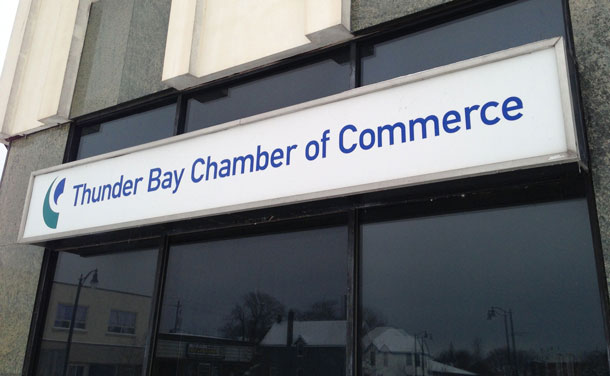THUNDER BAY – Reconciliation means many different things to many different people, but a new report finds most agree success depends on small, focused actions undertaken day-by-day.
On June 19, 2019, the Canadian Chamber of Commerce sat down with business, post-secondary education, community economic development and Indigenous leaders in Thunder Bay to hear what they had to say regarding reconciliation, what it means to them, their communities and their businesses.
“First Nations entered into treaties with the Crown based on the Two Row Wampum. When joining these treaties, they believed they were entering into a partnership as equals based on peace, friendship and trust “as long as the grass is green, the rivers flow downhill and as long as the sun rises in the east and sets in the west.”
The report says, “First Nations entered into treaties with the Crown based on the Two Row Wampum. When joining these treaties, they believed they were entering into a partnership as equals based on peace, friendship and trust “as long as the grass is green, the rivers flow downhill and as long as the sun rises in the east and sets in the west.” Relationships between Indigenous peoples and the Crown did not unfold this way, and this has often been the case with business as well.
In what is now Canada, Indigenous and non-Indigenous peoples once enjoyed strong nation-to-nation social, military and commercial alliances with European colonists. Had it not been for the co-operation of Indigenous and non-Indigenous peoples, for example during the War of 1812, Canada might not exist. These alliances occurred before the Indian Act, residential schools and a spate of policies and programs aimed at assimilating Indigenous peoples.
“Reconciliation is a complicated exercise. It is a relationship and therefore, multi-directional,” said one Indigenous leader. “Moving forward is everyone’s responsibility.”
The sentiment of many around the table is that traditional attitudes of government have done little to address the difference between Indigenous and non-Indigenous peoples. “It takes government forever to resolve issues. Perhaps their hope is that the issues will go away,” said one businessperson.
The Canadian Chamber of Commerce report, Lessons in Reconciliation: What we heard in Thunder Bay, captured the perspectives of Indigenous and non-Indigenous business, community and post-secondary education leaders from the second of three roundtables in Western, Central and Atlantic Canada.
“What we heard in Thunder Bay was that successful efforts at reconciliation are rooted in a multi-directional exercise, where everyone has a responsibility in moving forward. We also heard that Indigenous peoples often have more skills for economic development than they’re given credit for. Recognizing this is key to reconciliation,” said Susanna Cluff-Clyburne, Senior Director and Lead, Indigenous Policy.
“It was clear that one critical ingredient of success is recognizing reconciliation for what it is; an opportunity, not an obligation. We heard how many businesses and Indigenous peoples have based their successful relationships on this belief. We’d like to see government do the same,” concluded Cluff-Clyburne.
The report’s lessons for government include:
• Explore the social and economic potential of Indigenous peoples, communities and partnerships.
• Recognize that to be successful you must seek outside assistance from business and Indigenous communities.
• Research and document the capacity of Indigenous communities for project planning as well as developing procurement RFPs and determining Indigenous set-asides.
• Acknowledge that you may have an institutional racism issue in your workplaces that are a result of decades-old policies and practices. Audit your workplaces to find out if this is the case and take steps to ensure your workplaces are as welcoming as possible to Indigenous and other under-represented peoples. This could include mandatory training on the histories of Indigenous peoples for those in roles that involve working with Indigenous peoples or issues that affect them.
• “Choose some priorities, set measures for success, get down to work and get them done.”
Download the full report http://www.chamber.ca/publications/reports/LessonsInReconciliation_ThunderBay.pdf. The Lessons in Reconciliation report on discussions with Indigenous and non-Indigenous business and community leaders in Saskatoon was released in June. The report for the Fredericton roundtable will be released this fall.







